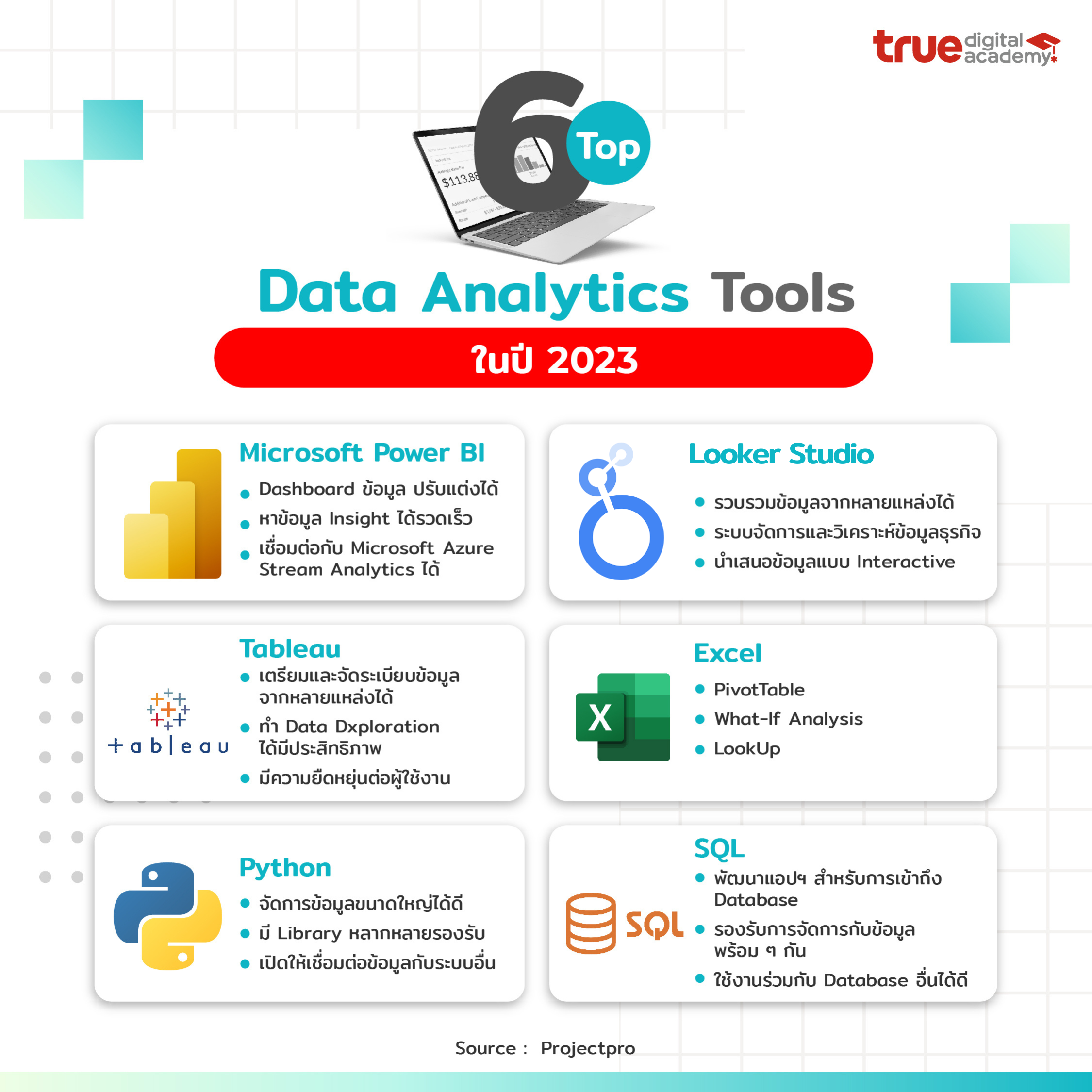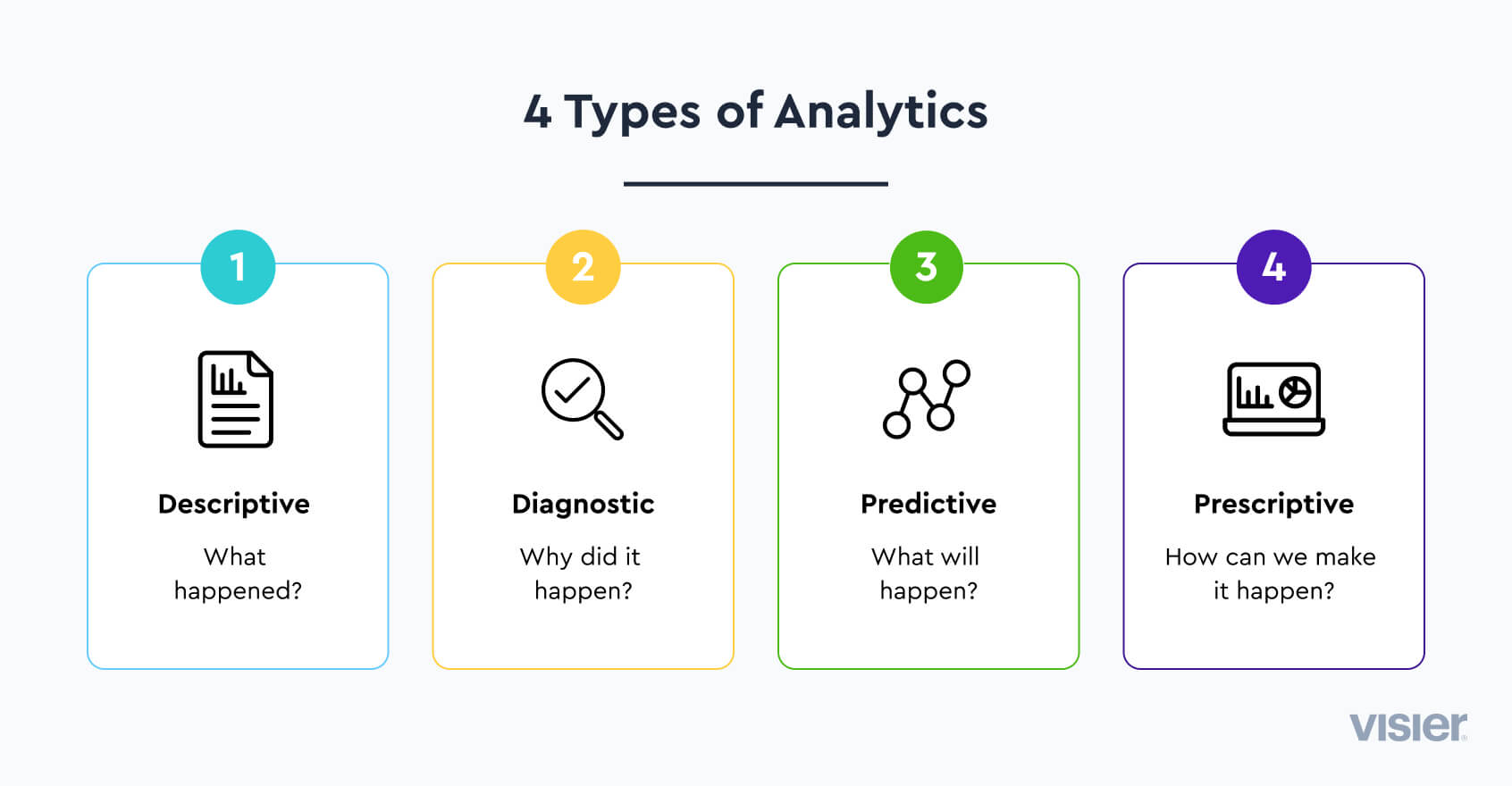Drive Growth and Technology Through Smart Analytics Applications
Transform Data Into Choices With Powerful Analytics Solutions
In today's data-driven landscape, organizations deal with the obstacle of transforming huge quantities of information into actionable insights. Powerful analytics services use the methods to browse this complexity, enabling companies to employ various techniques that reveal underlying trends and forecast future conditions. As companies increasingly depend on these data-driven methods, the possibility for boosted decision-making emerges. Nevertheless, the implementation of these options increases vital concerns about best practices and the concrete benefits that can be acquired. What methods can organizations take on to guarantee they are maximizing their analytical capacities?
Recognizing Analytics Solutions
In today's data-driven landscape, lots of organizations look for to leverage analytics remedies to enhance decision-making and drive calculated campaigns. Analytics services incorporate a large range of techniques and devices designed to analyze information, extract understandings, and assistance informed decision-making. These options can be categorized into detailed, diagnostic, predictive, and authoritative analytics, each serving an unique purpose in the data evaluation procedure.
Detailed analytics concentrates on summing up historic data to determine trends and patterns, offering a fundamental understanding of previous efficiency. Analysis analytics goes a step additionally by examining the reasons behind these trends, providing much deeper understandings into causes and results. Anticipating analytics utilizes statistical designs and equipment learning techniques to forecast future results based upon historic information, enabling organizations to anticipate market changes and consumer actions.
Lastly, prescriptive analytics suggests actions based on anticipating understandings, aiding organizations make notified options that straighten with their calculated goals. As companies significantly identify the value of information, recognizing these various sorts of analytics solutions becomes crucial for utilizing their full capacity. By efficiently executing these services, business can transform raw data into workable understandings that educate their organization approaches and enhance overall performance.
Secret Benefits of Information Analytics
Taking advantage of the power of information analytics offers companies a plethora of benefits that can considerably boost their functional efficiency and affordable advantage. Among the main benefits is enhanced decision-making. By transforming raw information into workable insights, organizations can make enlightened choices that straighten with their calculated objectives.
Furthermore, data analytics makes it possible for organizations to recognize patterns and patterns that might not be immediately noticeable. This foresight permits services to anticipate market needs, optimize source appropriation, and alleviate risks successfully. Additionally, boosted customer understandings derived from information analytics empower companies to customize their services and products, resulting in raised customer contentment and loyalty.
Cost reduction is an additional essential advantage, as analytics can enhance procedures and recognize inadequacies, leading to boosted efficiency. Companies can leverage anticipating analytics to anticipate future results, facilitating aggressive strategies instead than reactive measures.
Eventually, the integration of information analytics fosters a society of continual renovation, motivating companies to refine procedures and introduce. By accepting data analytics, companies not just boost their functional abilities but additionally place themselves as leaders in their particular industries, prepared to flourish and adapt in a vibrant business atmosphere.
Kinds Of Analytics Strategies
Data analytics techniques are recommended you read generally categorized into four primary kinds: descriptive, diagnostic, anticipating, and authoritative analytics. Each of these methods serves a special function in the information analysis procedure, enabling organizations to extract significant insights.
Descriptive analytics focuses on summarizing historical data to determine patterns and fads. It gives a clear summary of what has actually happened, often utilizing metrics such as averages and percentages to inform stakeholders.
Analysis analytics goes an action better by discovering the reasons behind past end results. This method uses strategies such as information mining and connection evaluation to reveal connections and factors that may have affected results.
Anticipating analytics leverages statistical versions and artificial intelligence algorithms to anticipate future events based on historic data. Organizations can prepare for behaviors and patterns, facilitating aggressive decision-making and risk administration.
Finally, prescriptive analytics advises actions based on data understandings, helping organizations maximize procedures and resource allowance. By simulating various scenarios, this method recognizes the most effective strategy, inevitably leading tactical preparation.
With each other, these analytics types enable services to change raw information into actionable understandings, promoting educated decision-making and driving operational efficiency.
Executing Analytics in Service
Reliable implementation of analytics in company is necessary for obtaining an one-upmanship in today's data-driven landscape. Analytics. To successfully integrate analytics into procedures, companies have to initially recognize clear objectives that align with their strategic goals. Establishing particular, measurable outcomes guarantees that analytics efforts directly contribute to organization efficiency
Next, purchasing the ideal modern technology is important. Organizations must assess their current information framework and choose analytics devices that help with information collection, processing, and visualization. This includes employing innovative modern technologies such as artificial intelligence and expert system to improve anticipating capacities.
Additionally, fostering a data-driven society within the company is vital. This involves training employees to comprehend and utilize analytics tools efficiently, allowing them to make enlightened choices based on information understandings. Management must motivate collaboration amongst divisions to guarantee that analytics campaigns are integrated across all business functions.
Case Studies of Effective Analytics
Successful analytics application can be observed through numerous situation studies that show the transformative impact of data-driven decision-making. One remarkable example is Netflix, which utilizes innovative predictive analytics to assess customer choices and checking out patterns. By leveraging this data, Netflix has successfully customized its material offerings, leading to increased individual involvement and membership development.
One more compelling case is that of Starbucks, which took on location-based analytics to optimize its shop positionings (Analytics). By evaluating market information, customer habits, and market trends, Starbucks purposefully positioned brand-new shops to make the most of foot website traffic and earnings. This data-driven approach has dramatically enhanced its market existence

These case research studies see here illustrate that when companies harness the power of analytics, they can make enlightened choices that drive growth, improve client contentment, and boost functional performances. As even more companies recognize the significance of data-driven techniques, the potential for transformative outcomes remains to increase, leading the way for innovative solutions throughout sectors.
Final Thought
In final thought, the combination of powerful analytics options transforms data right into workable insights, significantly enhancing business decision-making processes. By applying numerous analytics methods, businesses can reveal useful patterns, identify inadequacies, and forecast future end results. The successful implementation of these options promotes a culture of technology and constant improvement, inevitably driving development, enhancing consumer fulfillment, and improving procedures. Accepting data-driven strategies is necessary for organizations intending to stay competitive in a significantly data-centric landscape.
Anticipating analytics utilizes analytical designs and machine knowing strategies to anticipate future results based on historic information, enabling companies to prepare for market shifts and client you could try these out habits.

Organizations should assess their existing information framework and pick analytics devices that assist in data collection, handling, and visualization.